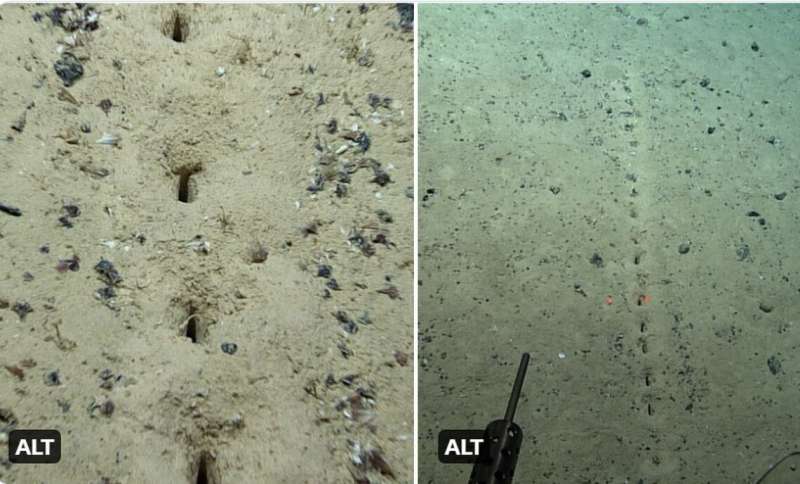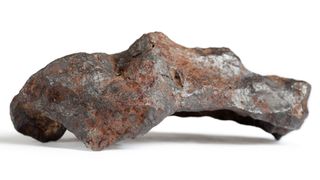LONDON, ONTARIO
She's been growing a garden for monarch butterflies for 2 decades. So why did the city mow it down?
Susan McKee given $125 bylaw ticket around the time
international scientists listed monarchs as endangered
Susan McKee returned from her summer vacation earlier this month only to discover that her naturalized pollinator garden — once filled with endangered monarch butterflies and bees — was gone.
"It's all chopped down. Everything's just chopped to the ground," said McKee, who has lived in her Briscoe Street West home in London, Ont., for nearly 20 years.
"I was in shock," said McKee. "I've put lots of time and love into this garden — and just to have it chopped down for no reason other than a neighbour complaint is just devastating."
McKee also received a $125 bylaw ticket last week.
Her garden, once filled with more than 20 varieties of plants — including milkweed, periwinkle, chicory and wild rose — was "quite high," she said. It covered her front yard and the boulevard.
Helping the bees and butterflies
More than 30 milkweed stems were cut down. The plant is known for hosting monarch caterpillars.
Just last week, scientists with the International Union for the Conservation of Nature added monarch butterflies to the global endangered species list due to dwindling numbers. The Monarch butterfly had already been designated endangered in Canada by the Committee on the Status of Endangered Wildlife in 2016.
"I think it's a small part I can do," McKee said of her long-loved garden. "The butterflies are going extinct and I can maintain these here. I can take care of them. I can keep them healthy.
"If I can do my little part of saving the bees and helping the butterflies, then this is what I'm doing and it looks beautiful. It's a win-win situation."
Neighbours collected monarch eggs
While McKee was on vacation, some neighbours collected caterpillar eggs on milkweed leaves from the garden and have been taking care of them a few doors down.
Serenity, an eight-year-old from the neighbourhood, stops by to check on them a few times a week. "Now they are in cocoons and soon they are going to be butterflies," she said. "It's really cool being able to hold them."
Serenity's mom, Jillian Smith, who has lived in the neighbourhood her entire life, said it broke her heart when the garden was cut down.
"I think her garden has been amazing. There's always different wildflowers; you see all different kinds of butterflies, and little bees and flowers," she said. Her three children loved to go and pick wildflowers, but she had heard others neighbours complain it was overgrown.
This wasn't the first time a neighbour had called in a complaint about McKee's garden. Last year, McKee was issued another ticket from city bylaw after a neighbour complained. It was later dropped after she explained it was a pollinator garden, said McKee.
City of London officials say perennial gardens are managed under the Weed Control Act. After a bylaw complaint is made, the city says, the property owner should be notified. McKee said she didn't find a notice in her mailbox when she returned from vacation.
Think 'more broadly about biodiversity'
Keith Hobson, a professor in the department of biology at Western University, believes pollinator gardens shouldn't be removed. Communities need to start thinking more broadly about biodiversity in their communities, and bylaws need to catch up, he said.
"I think the public are way ahead of the government in this respect, and that is that we cherish and recognize the importance of insects, and pollinators, and birds and all kinds of critters out there that we enjoy in London," he said.
Monarch butterflies are suffering and insects are declining in huge numbers, said Hobson.
"People who plant flowers for pollen and nectar are making a great contribution."

/img/iea/Lg6EdxJnGN/fusion.jpg)






